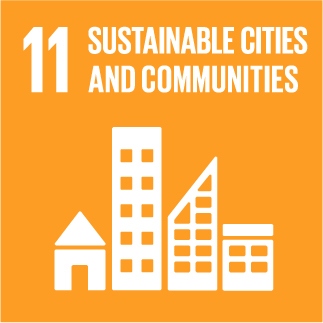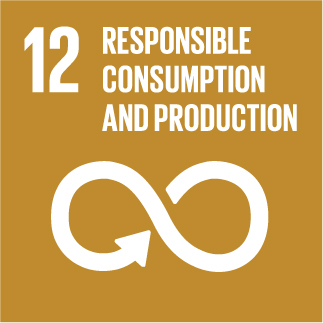URBANREC
Biocarbon from peanut hulls and their green composites with biobased poly(trimethylene terephthalate) (PTT)
Thank you for visiting nature.com. You are using a browser version with limited support for CSS. To obtain the best experience, we recommend you use a more up to date browser (or turn off compatibility mode in Internet Explorer). In the meantime, to ensure continued support, we are displaying the site without styles and JavaScript.
Springer Nature is making SARS-CoV-2 and COVID-19 research free.View research |View latest news |Sign up for updates
- nature
- scientific reports
- articles
- article
A Nature Research Journal
Menu Search E-alert Submit My Account Login- Article
- Open Access
- Published: 24 February 2020
- Maisyn Picard1,2,
- Suman Thakur1,
- Manjusri Misra1,2,
- Deborah F. Mielewski3 &
- Amar K. Mohanty1,2
volume 10, Article number: 3310 (2020) Cite this article
-
1 Altmetric
- Characterization and analytical techniques
- Chemical engineering
- Chemistry
- Engineering
- Environmental, health and safety issues
- Green chemistry
- Materials chemistry
- Natural product synthesis
- Polymer chemistry
- Polymer synthesis
- Sustainability
There are millions of tons of post-food processing residues discarded annually. Currently, these waste materials are discarded to landfill, used as animal feed or incinerated. This suggests that there are potential uses for these materials in value-added applications. This work focuses on the characterization and valorization of peanut hulls through the generation of green composites. Peanut hulls were pyrolyzed at 500?°C and analyzed to discover their unique surface morphology and relatively low ash content. Raman spectral analysis determined ID/IG values of 0.74 for the samples, suggesting greater graphitic content than disordered carbon content. Such results were confirmed in X-ray diffraction analysis by the presence of (002) and (100) planes. Partially biobased engineering thermoplastic, poly(trimethylene terephthalate) (PTT), was combined with 20 wt.% biocarbon. The tensile and flexural moduli improved with the addition of biocarbon, and the bio-content increased from 35 to 48 wt.% as compared to neat PTT. The higher temperature biocarbon was found to have superior performance over the lower temperature sample. The enhanced sustainability of these materials suggested that peanut hulls can be valorized via thermochemical conversion to generate value-added products. Future works could focus on the optimization of these materials for non-structural automotive components or electrical housings.

» Author: Maisyn Picard
» Reference: doi:10.1038/s41598-020-59582-3
» Publication Date: 24/02/2020
» More Information

This project has received funding from the European Union's Horizon 2020 research and innovation program under grant agreement Nº 690103




URBANREC Guidelines by URBANREC Consortium is licensed under a Creative Commons Reconocimiento-NonComercial-NoDerivatives 4.0 Internacional License.
Puede hallar permisos más allá de los concedidos con esta licencia en www.aimplas.net
